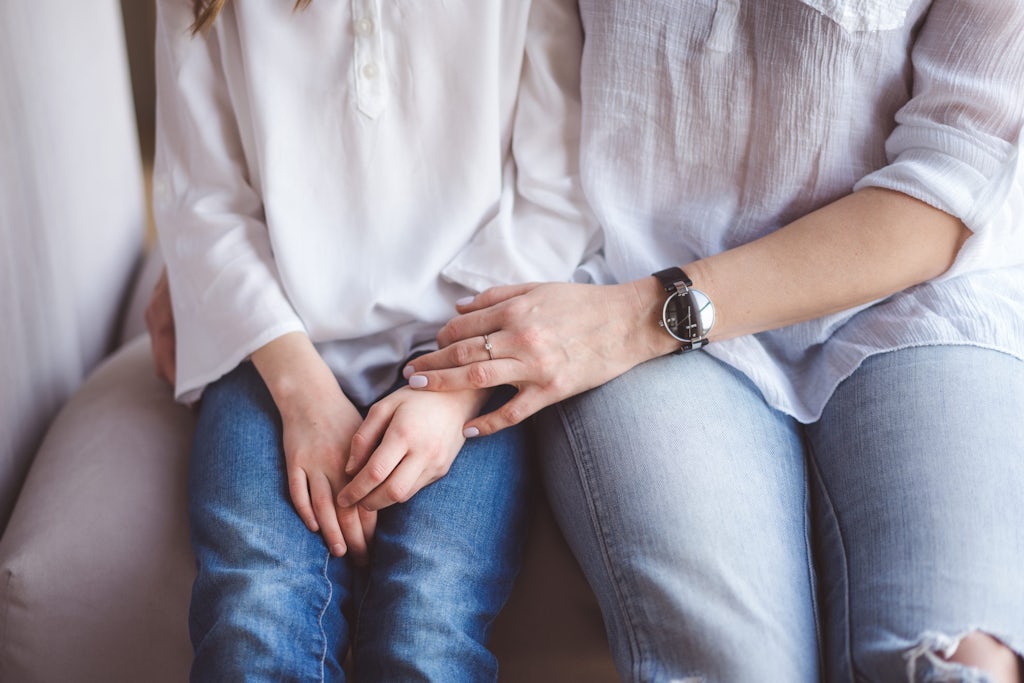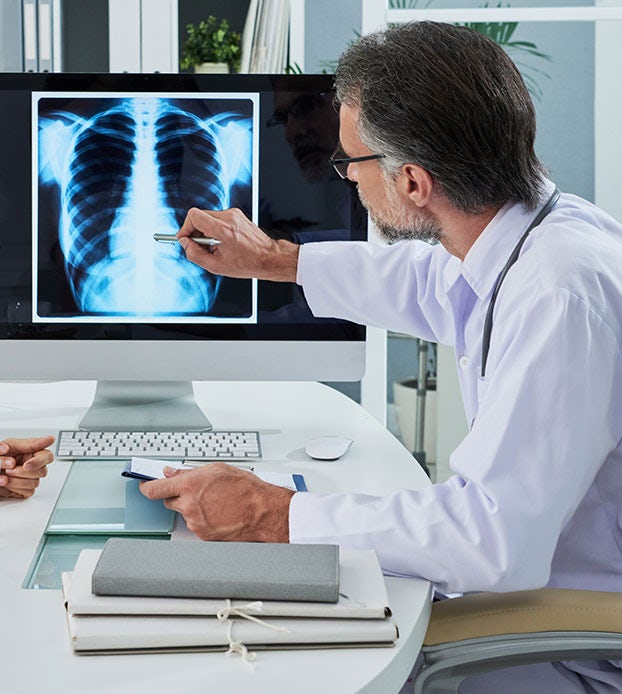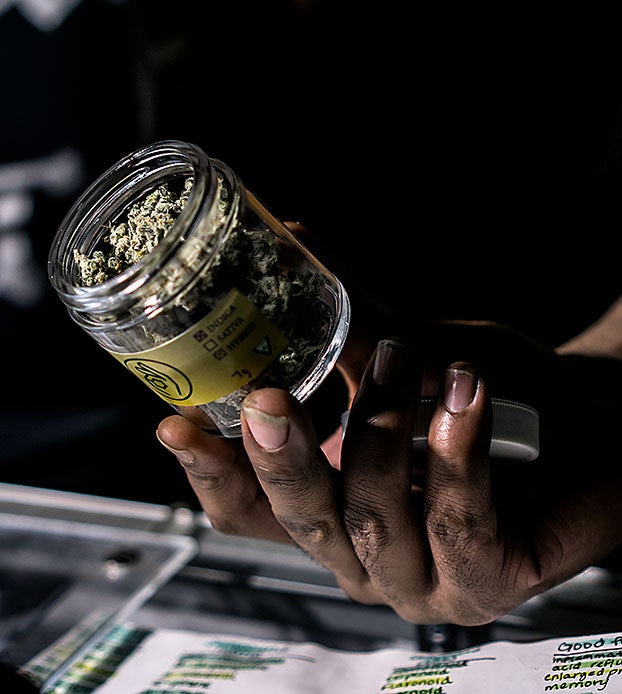Medical cannabis use for children can be a sensitive topic for even the most vocal cannabis activists. Approaching the topic from a medical and humane perspective, however, can help patients in need of less harmful pain and symptom relief, or provide a better lifestyle. Still, doctors as well as caregivers can have a lot of fears before trying a medical cannabis regime for a minor. This was the difficult choice presented to Dawn Bare’s then-12-year-old daughter about a decade ago.
Bare spoke with The Cannigma to tell the story of how an innocent question sparked her curiosity, and her pivot into the world of medical cannabis began. “She asked her, do you smoke weed?,” Bare explained, describing the “wonderful integrative pediatric anesthesiologist” at the Children’s Pain Clinic in Pittsburgh who mentioned medical cannabis to her daughter during a hospital visit. This was a few years before Pennsylvania legalized medical cannabis.
Bare’s daughter – and both of her two siblings – have the rare genetic disease Cystinuria, which can cause frequent, chronic kidney stones, in some cases on a daily basis. The pain of these daily kidney stones led physicians to prescribe opioids to two of Bare’s children (the third is asymptomatic, Bare said). The difficulties of the illness also drove Bare to learn everything she could about this largely unknown disease, a process that helped her find a community of other parents like herself.
For the past three years Bare, a registered nurse, has worked as a patient counselor for Curaleaf at the chain’s branch in Altoona, Pennsylvania (Bare notes that Altoona is also the hometown of Henry Anslinger, the man widely known as “the first architect of the war on drugs”). Since 2014, she has also served on the board of directors and in patient advocacy for the International Cystinuria Foundation, and wrote about the experience of her family on the foundation’s website.
According to the International Cystinuria Foundation, Cystinuria is “an inherited condition that prevents the body’s normal processing of an amino acid named “cystine” which can form rock hard cystine kidney stones.”
Many people with the disease have no symptoms of stone formations while for others it can happen quite frequently. It is often handled with preventive treatment based on drinking large amounts of water, eating a less acidic diet, reducing salt, and medications to help prevent stone formation. For many patients, prescription painkillers such as opioids are prescribed to deal with the often very painful symptoms of the disease.
‘Cannabis saved both of them’
When she was 16, Bare’s daughter also received a kidney transplant, another difficult health complication that required medication and close treatment. Bare said she had to fight to get her daughter’s first medical cannabis card after Pennsylvania legalized medical marijuana in 2016, and that personnel at the children’s hospital did not want to approve her to take medical marijuana and opioids at the same time.
Five years later, it’s clear to Bare how important medical cannabis has been for her daughter and her son.
“She wouldn’t have ever gotten through college without cannabis and she would have never been able to wean from her [opioid] medications without cannabis…it’s saved both of them.”
Bare said that when her daughter was 17 (she’s 22 today) she started integrating cannabis tinctures into her treatment regimen and that today she uses RSOs. Bare described her daughter’s symptoms as much more than simply pain from the daily kidney stones, reflecting the wide range of psychological effects that can result from having a chronic illness, such as anxiety and depression, in addition to what Bare described as PTSD from the surgeries and frequent hospitalizations she went through as a child.

She was using Dilaudid and Methadone for pain, but after beginning cannabis treatment, Bare said her daughter was able to wean herself off of all opioids, except on a strict as-needed basis.
Her son was also on Dilaudid in addition to Neurontin and Gabapentin, as well as medications for depression, Bare said. Cannabis has helped them cope with pain without many of the side effects of prescription painkillers, such as lethargy and fatigue.
Today, Bare said that for both children cannabis “gave them back their quality of life,” and has been a much safer pain control medication for both children, though she cautioned that cannabis cannot cure every problem and that it shouldn’t be seen as a replacement for other pain medications.
“I can’t say it’s the be-all-end-all, it’s not a silver bullet, it’s not gonna cure their disease process. It’s not going to take away the pain,” Bare said, describing cannabis as “just one tool” to improve their arsenal.
Pennsylvania: a nurse or doctor in every dispensary
Under the regulations of Pennsylvania’s medical marijuana program, dispensaries must have a physician or pharmacist present during business hours “to dispense or to offer to dispense medical marijuana to patients and caregivers.”
In the event that the dispensary has more than one licensed location, a physician assistant or a certified registered nurse practitioner may be present instead of a physician or pharmacist.
In addition, a physician, pharmacist, physician assistant or certified registered nurse practitioner must first complete a 4-hour training course run by the Pennsylvania Department of Health before assuming their responsibilities at the dispensary.
Bare draws insight from her own experience with her childrens’ cannabis treatment in helping Curaleaf patients.
“Most people are used to going into a pharmacy and getting a single molecule synthetic form of this and this is what it’s going to do,” Bare said, adding that cannabis science can be complex especially for the “cannabis naive.”
“You kind of have to dial back for someone who is cannabis naive and starts very slow and basic. And you can never educate somebody entirely in one single visit.”
According to Bare, the most important considerations to advise patients about are side effects, dosing, and pacing. She said that for geriatric patients especially, a key component can be finding the right medication that won’t produce side effects that will scare them off from medical cannabis. She mentions the case of a 60-year-old patient who “didn’t want to go that far,” and didn’t know about microdosing or non-intoxicant cannabis medications and instead just never came back from treatment. She also described patients who were given a potent cannabis extract outside of the dispensary setting and were taken aback by the strong effects.
“That’s my goal, safety and efficacy,” Bare said, adding that “the point is to have that nurse there to weed out, to kind of intercept,” patients who need guidance.
At the dispensary Bare said she’s often called “Mama Bear” by her colleagues, and that she’s out in front to try to provide patients with cannabis guidance.
Bare said in “my perfect world” there would be a medical doctor on site at each medical cannabis dispensary, alongside a pharmacist and a nurse. Until then, she’ll stay with her new calling.
“I’m staying here until you know I can make a difference.”
Sign up for bi-weekly updates, packed full of cannabis education, recipes, and tips. Your inbox will love it.

 Shop
Shop Support
Support
















